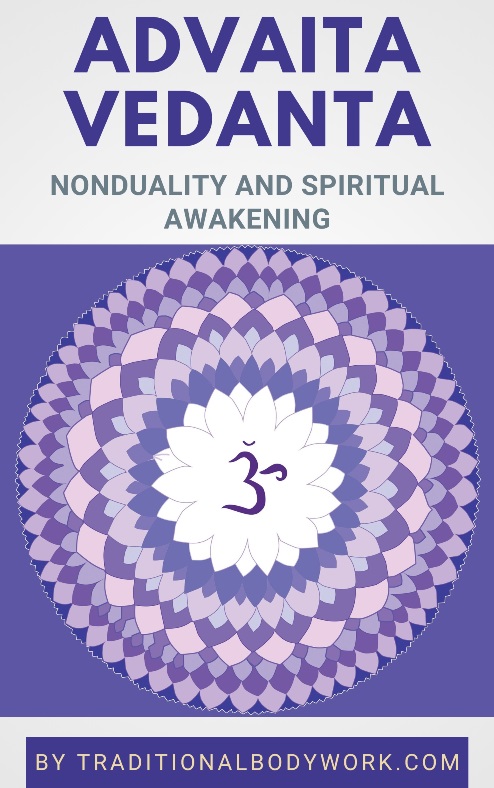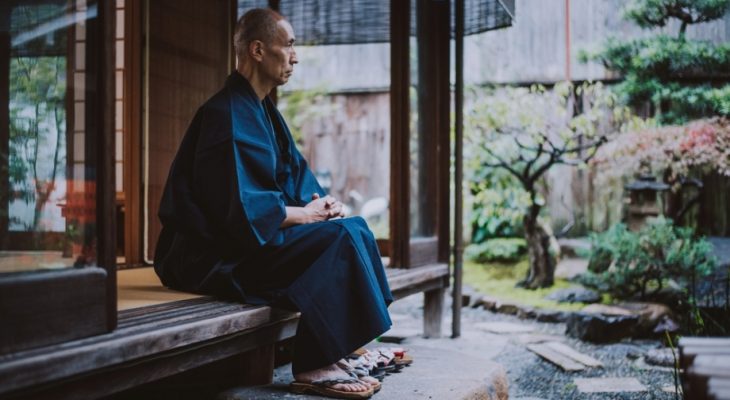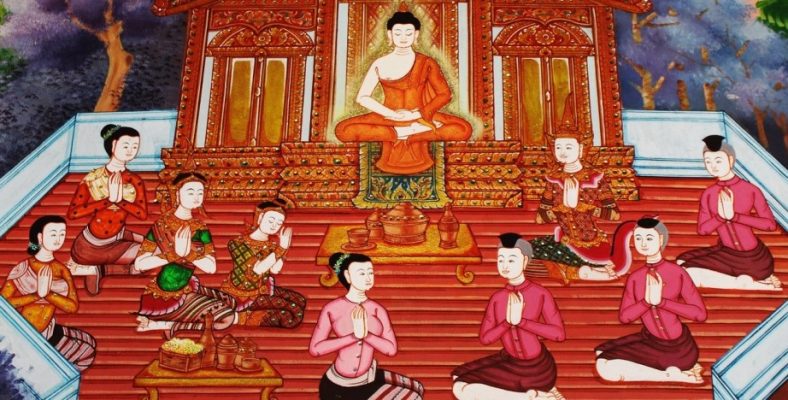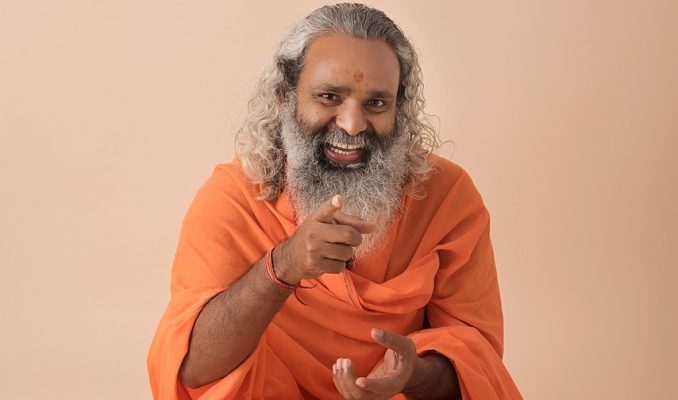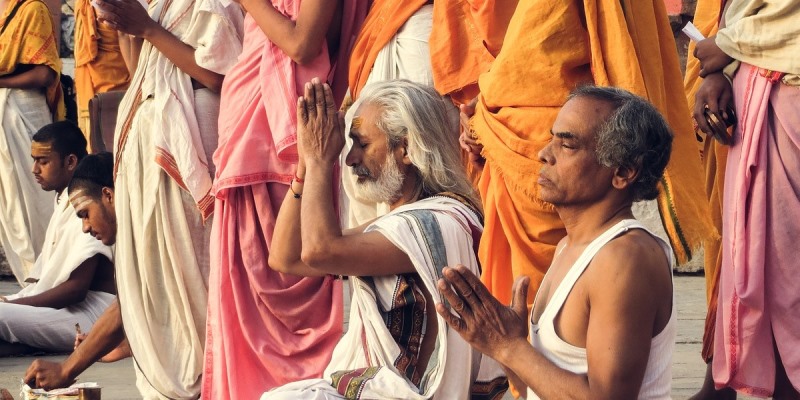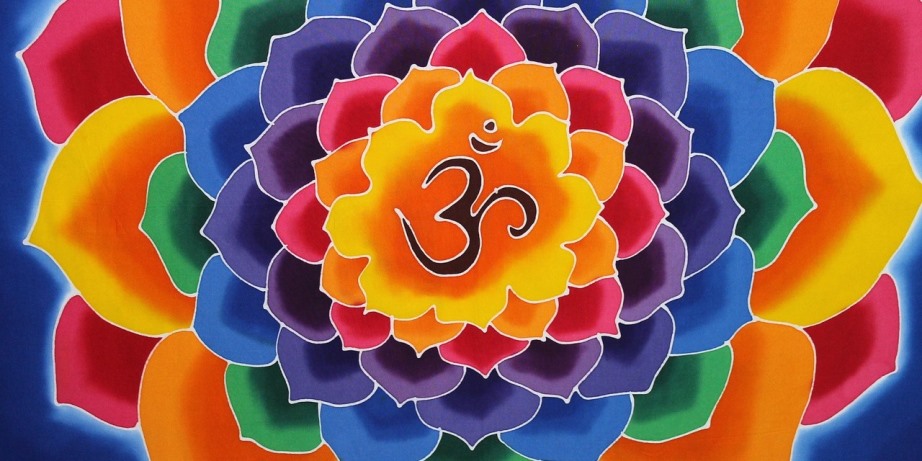
Advaita (A-dvaita), a Sanskrit word for not-two or non-dual, is an influential Indian monistic Spiritual Enlightenment philosophy, part of the Vedanta lineage, but also a popular type of Sadhana (path of spiritual discipline and experience).
Brief History of Advaita
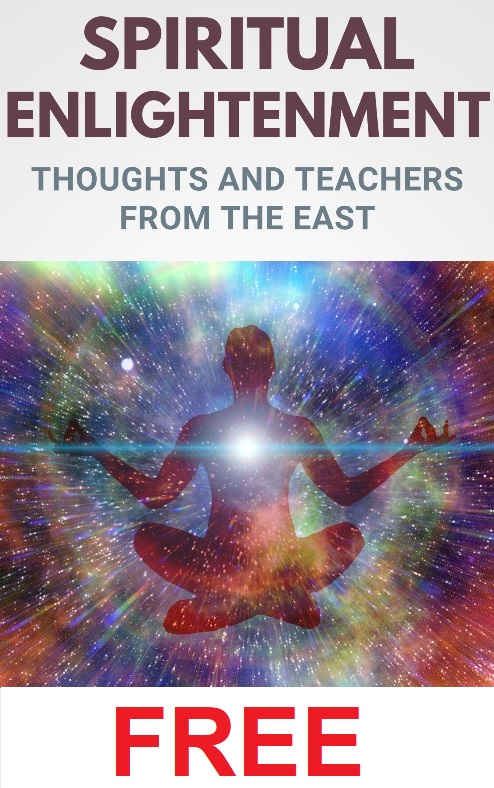
The roots of Advaita Vedanta — a Jnana Yoga spiritual tradition — seem to go back to the 1st millennium BCE, but it only started to get of real importance between 500 CE – 700 CE, with Indian scholars, philosophers, and sages such as Adi Shankara, Govinda Bhagavatpada, Mandana Mishra, and Gaudapada bringing it prominently on India’s “spiritual podium.”
At the end of the 19th century, Advaita made its definite entry in the West. As from then, a growing group of Westerners started visiting India to “sit at the feet of the Masters” and “drink the nectar of grace at the Guru’s feet.”
In the 1970s, Advaita Vedanta — by then wrapped in Neo-Advaita clothing — rapidly started to conquer the mind of hordes of Western spiritual “seekers.” It became the state-of-the-art intellectual tool used in “the quest for Spiritual Enlightenment.”
Advaita’s Traditional Practice
As a Jnana Yoga tradition (Path of Knowledge), the Advaita practice basically consists of three iterative parts: Shravana (hearing), Manana (thinking and reflection), and Nididhyasana (meditation).
Shravana refers to hearing “the Truth” from an Advaita Guru. In this part, the spiritual aspirant i.e. disciple listens and discusses the ideas, concepts, questions and answers around Advaita, an activity typically done during Satsangs. Shravana also includes self-study, for instance by reading the relevant sacred texts, and so on.
Manana refers to deeply thinking and reflecting on these discussions and contemplating over the various ideas one has heard (Shravana) or has acquired by self-study (Svadhyaya).
Nididhyasana then refers to meditation, the deep realization and conviction of the Great Truths such as expounded in the Mahavakyas (the Great Advaitic Contemplations), with the goal of attaining non-duality and Self-Realization, typically by deeply understanding the unity i.e. sameness of Atman (the individual Self) and Brahman (the Eternal Universal Absolute).
Essence of Advaita Vedanta
Vedanta as a philosophy essentially points to the Upanishads (a collection of Indian sacred books being part of the Vedas) and means “the end of knowledge.” The word Vedanta knows several interpretations: “We now know all what there is to know,” “The last chapters,” “the end of the Vedas,” and “Spiritual Liberation is to be found in the rejection of our acquired knowledge,” among other elucidations.
If I would now take the liberty to freely translate the inner meaning of the phrase “Advaita Vedanta,” it could look a bit like this: “Absolute Reality or Spiritual Awakening is to be found by negating all our acquired knowledge by way of a non-duality approach.”
In view of the above, Advaita Vedanta commonly applies its so-called Neti Neti approach, which freely translated means not-this, not-that. It refers to the continuous rejection (or negation) of perceived phenomena as being the real Self.
Neti Neti goes something like this: “I’m not the mind, not emotions, not the body; nothing that I perceive is me. I have no properties at all. I’m not this, I’m not that. I’m impersonal. All that I can say is that I am, but not what I am.”
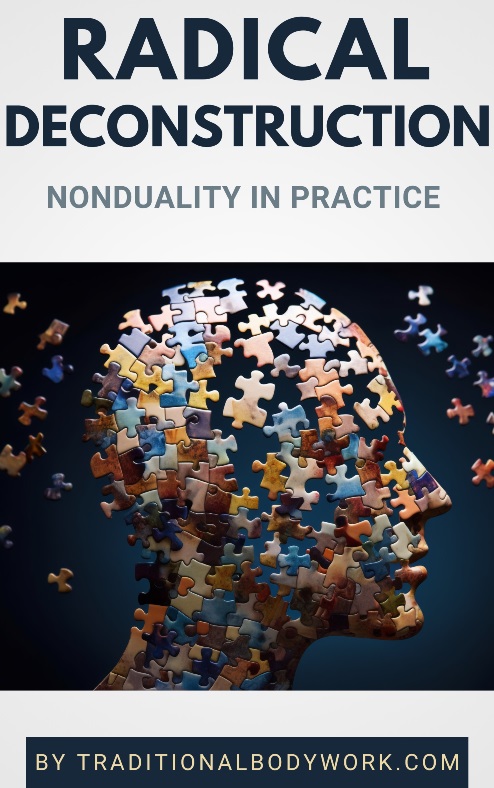
The attraction of this “method” is very understandable: by supplying a non-dual, denial-antidote it gives spiritual seekers the individual means to flee and dwell in an antiseptic intellectual sphere. However, it’s usually poorly understood that Advaita is only the antidote and that after that — Vedanta still needs to be practiced.
It remains that one of the central principles i.e. the highest knowledge in Advaita Vedanta is that Atman is identical to Brahman, that is, there’s no difference between the two. It means that we are all and no-thing at the same time. Negating our separateness is only one part of the equation, actually being and living our wholeness and supreme unity is another.
You see, the Vedanta tradition surely supplies us with interesting foundations to come to higher knowledge and “spiritual insight.” But how one “reaches” that, may that be through Advaita, Dvaita, Jnana, Bhakti, Raja, or Karma Yoga is of no real importance.
The very essence of Vedanta is unquestionably her practical application. Once understood, we should leave the theory, methods and techniques (the antidote) behind us, and live our insight.
It resembles quite perfectly what the Austrian philosopher Ludwig Wittgenstein once said: “One must so to speak throw away the ladder, after one has climbed up on it.”

